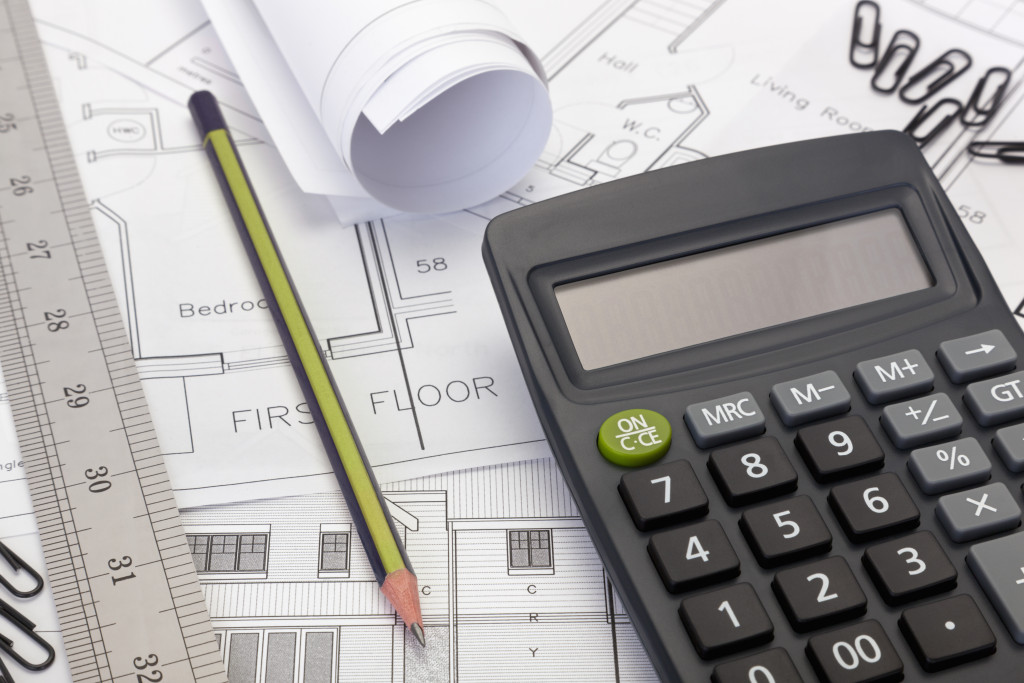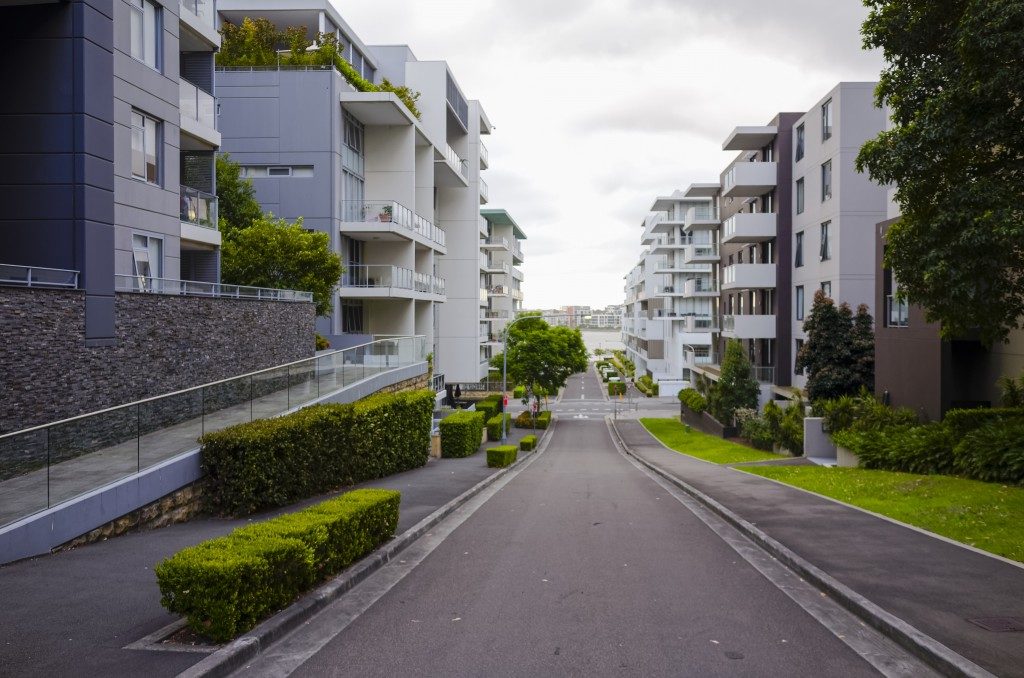- Choose an up-and-coming location with access to essential facilities to save money.
- Opt for a simple floor plan that will help you reduce material and labor costs.
- Select durable materials such as steel, fiberglass, vinyl, and natural stone to reduce maintenance costs.
- Hire experienced contractors who can provide references and itemized expenses, so you know what you’re paying for.
- Invest in energy-efficient features to save money on utility bills and increase the value of your home.
Building a new home can be an exciting and daunting task at the same time. There’s much to consider, from choosing the right location, floor plan, and materials to hiring the right contractors. One of the most essential things homeowners must remember is to stay within their budget. Staying cost-efficient without compromising the quality of the final product is crucial. This article will share some cost-efficient tips to help you build your dream home without breaking the bank.
1. Choose the Right Location
Finding the perfect location can be challenging, but staying within your budget is crucial. Look for areas that are up-and-coming yet still affordable. Finding a plot with access to public transport, schools, shops, and medical facilities can save you money in the long run. If you choose to build in a rural area, you may also need to consider the cost of bringing water and electricity to the property. These can be expensive, so research beforehand to ensure you’re making a good investment.

2. Smart Floor Plans
The design of your new home can make a big difference in reducing construction costs. Open-plan living areas are not only visually appealing, but they also reduce the need for interior walls, which means less material cost and less labor. When designing your home, consider choosing a rectangular or square floor plan instead of a complicated design. A simpler floor plan also means reduced labor costs and time. Ensure you include plenty of windows and natural light in your design for a cost-effective yet beautiful home.
3. Choose Durable Materials
It’s essential to choose materials that not only look great but also last long. Aesthetically appealing materials can help you sell your home in the future, but durable materials will save you money in the long run by decreasing maintenance costs. Here are some cost-efficient materials you can choose from:
a. Steel for roofing and siding
You want the best materials for your roof and siding, so steel is an excellent choice. Steel is not only cost-efficient but also durable and fireproof. Look for a reliable steel supply company offering competitive prices and good customer service. They can even provide installation and painting services.
b. Low-maintenance materials for windows
Choose low-maintenance materials such as fiberglass or vinyl for your windows. These materials won’t require costly maintenance and will keep your heating and cooling bills low. You can also look for energy-efficient windows designed to trap the sun’s energy and keep your home cool during hot summer days.
c. Composite materials for decking
Composite materials are an excellent choice for decking as they require minimal maintenance and can look great for years. They’re also cost-efficient and easy to install. You can choose from a variety of colors and styles to suit your needs.
d. Natural stone for floors
Natural stones such as marble or granite are an excellent choice for flooring. They’re beautiful, durable, and cost-efficient. This option may require more labor and time during installation, but you can save money in the long run as natural stones are less prone to damage and require minimal upkeep.

4. Hire Experienced Contractors
Most homeowners must hire a team of experienced contractors to help with their new home construction projects. Research trusted and reliable contractors in your area. Be sure to ask for references, compare rates, and discuss your budget with the contractor before signing any contracts. Ask for an itemized list of expenses to know exactly what you’re paying for.
5. Energy-Efficient Homes
An energy-efficient home is becoming increasingly popular, and it’s not hard to see why. Not only can it save you money on utility bills, but it can also increase the value of your home. Invest in elements that contribute to energy efficiency, such as double-glazed windows, insulation, and solar panels. You can also look for appliances with energy-efficient features, such as those with the Energy Star logo.
Building a new home can be a costly investment, but with careful planning and intelligent decisions, you can enjoy a home you love at a price you can afford. You can build your dream home without breaking the bank by choosing the right location, designing a smart floor plan, choosing durable materials, hiring experienced contractors, and investing in energy-efficient features. Always remember to stay within your budget and research before making any decisions. With the right planning and preparation, you can enjoy a beautiful home for years to come.



